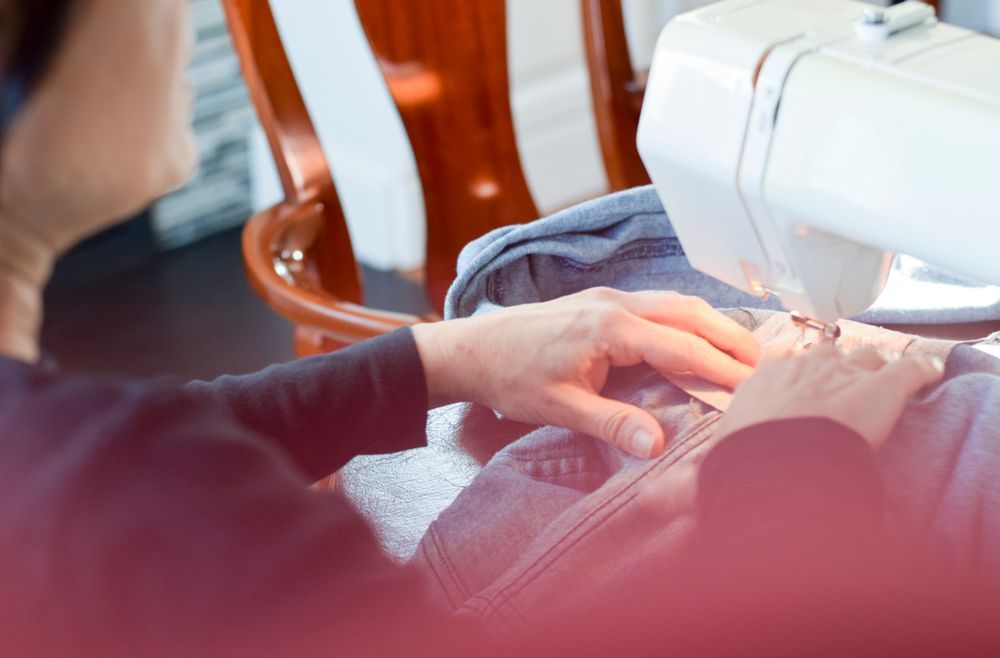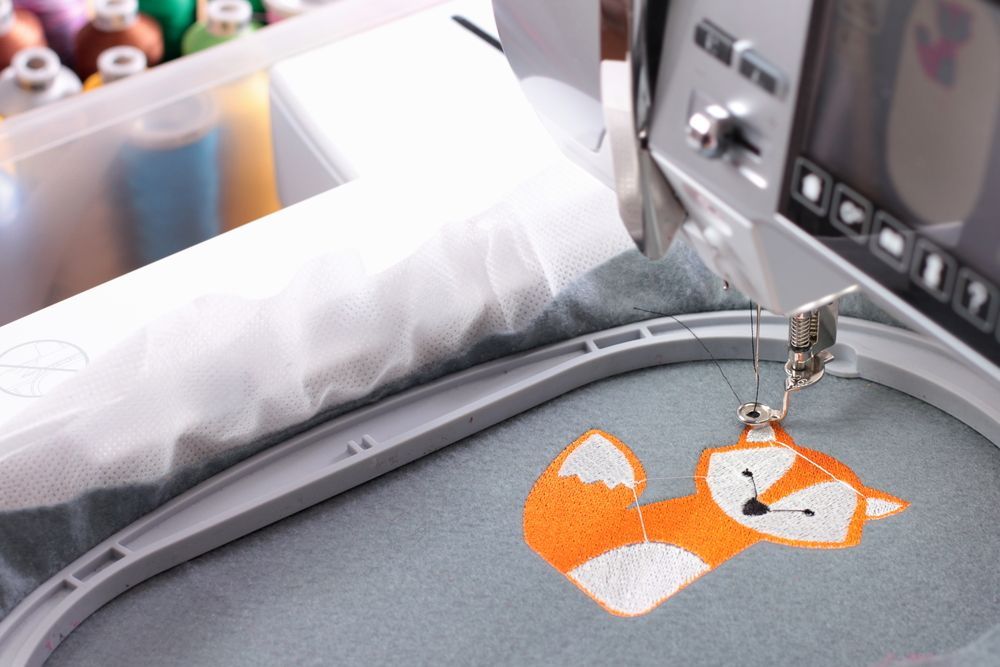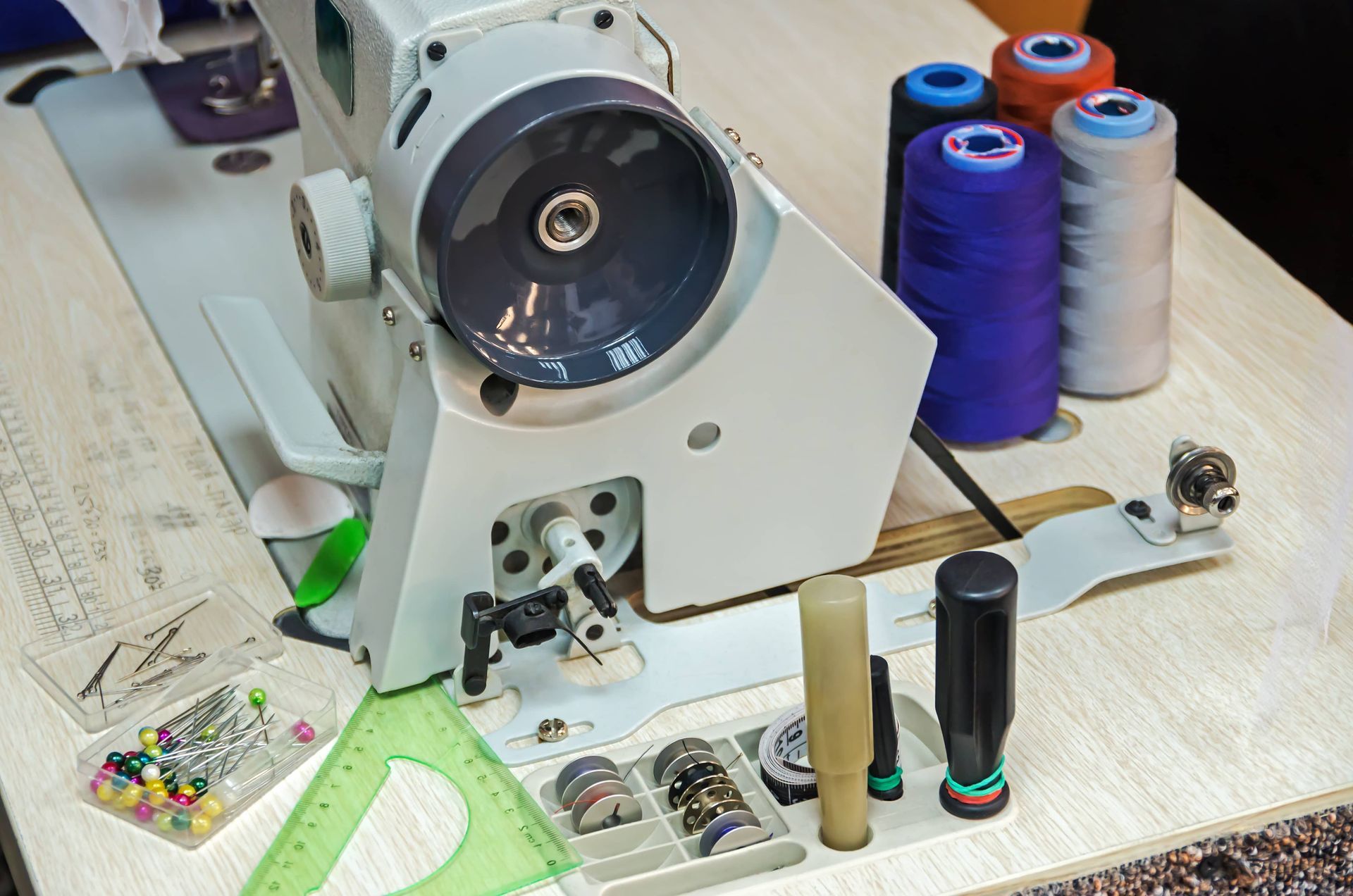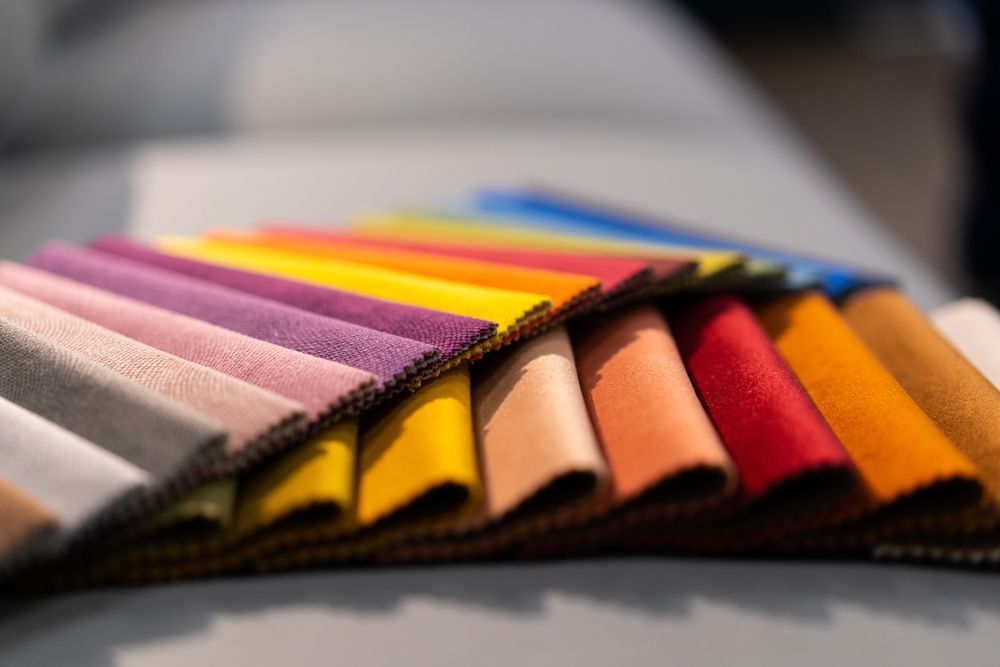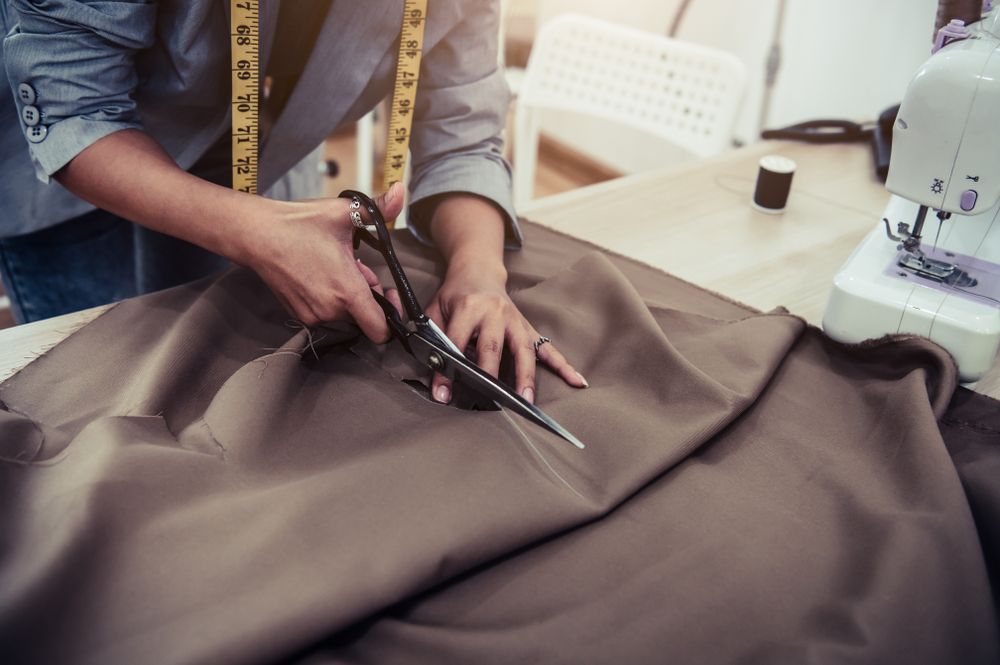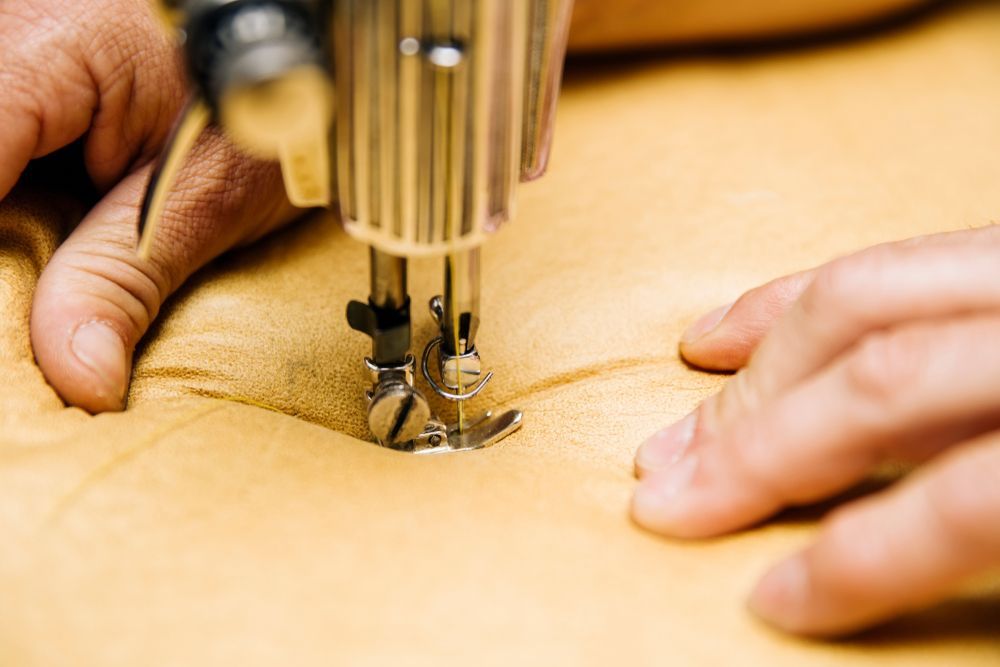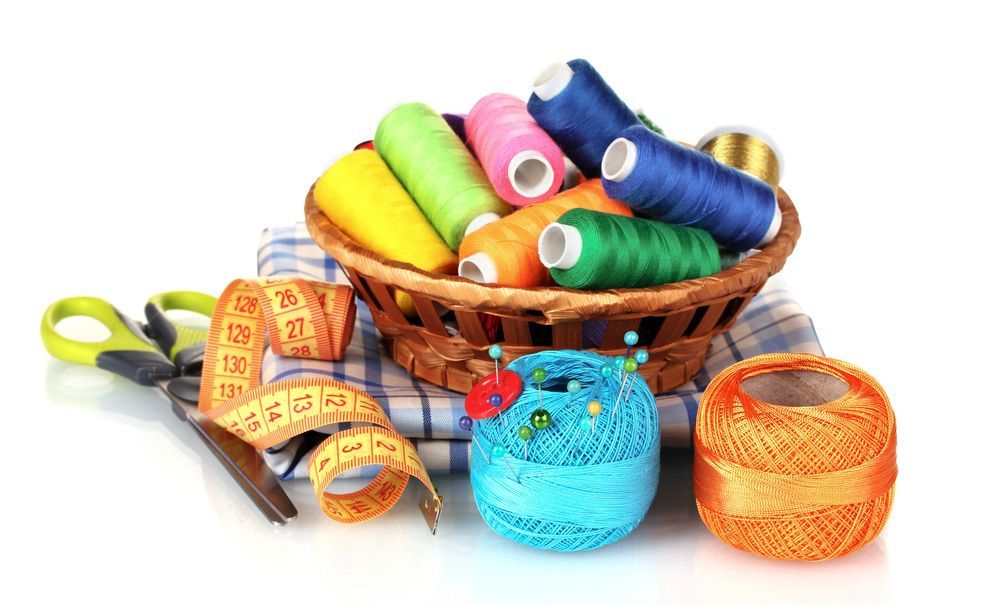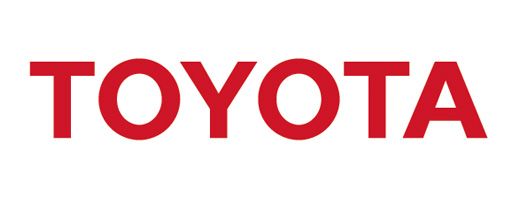Caring For Your Machine
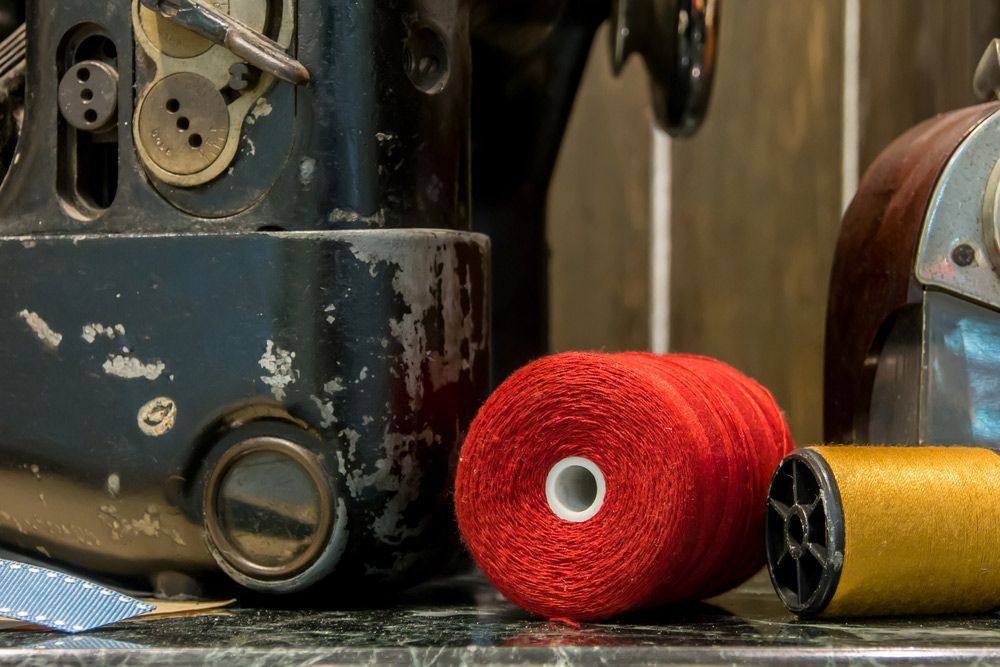
Like the doctor says, prevention is better than the cure.
At The Sewing Machine Doctor, most of the sewing machine problems we encounter can be traced to poor general maintenance or neglect. But with some simple tools and just a few minutes daily, weekly or monthly—depending on how much you’re sewing—you can help keep your machine running smoothly.
Here is our guide for sewing machine care to help keep you and your machine happy and out of our clinic (repair shop).
Keep It Covered
While not in use, keep a cover over your machine. It’s very important for electronic machines in particular to keep dust out.
- If storing your machine away, try to keep it somewhere dry and free of insects. Moisture can play havoc with the moving parts of your machine, as can the tiny feet of insects across circuit boards.
- Switch your machine off at the wall or unplug the supply cord if not in use. Power surges are a real threat in Queensland, and even small surges can have major impacts that your insurance policy will not cover.
Change Your Needles Often
- We recommend you change needles every 4 hours or second garment. A bent or blunt needle will lead to skipped stitches, poor tension or even damaged fabric. In some cases, it can even do costly damage to your machine.
- Always use the appropriate needle for the fabric. Sharps are best for wovens, universal for synthetics and stretch ballpoints for stretch. There are a myriad of other needles available, which we are happy to assist you with.
- Remember, although the needle is one of the least expensive parts of your project, strangely enough, it is highly likely to be one of the two most common wreckers of it. Don’t risk an old needle.
Wind Bobbins Correctly
- There is no such thing as a generic bobbin. Always use the bobbin your manufacturer recommends for your machine.
- We recommend a good supply of bobbins. Try to avoid winding over existing thread as this can create tails, which can jam your machine. If you have a low bobbin sensor, this will not work if you have overwound thread.
- Do not use damaged or rusty bobbins. These are likely to ‘drag’ and give poor tension.
- We do not recommend using pre-wound bobbins unless they are of a type endorsed by the maker of your machine. Pre-wound bobbins can foul mechanisms, and will often confuse low bobbin sensors.
Regular Cleaning is Essential
- It is a good idea to know how to clean your machine. If kept clean, your machine is less likely to require major work when it comes time for a service
- Refer to your instruction manual to get basic information on the care and cleaning of your machine.
Thread Matters
- The least expensive part of your project is likely to be your thread. Unfortunately, this is where people try to save money! Poor-quality thread can lead to many problems, some of which can have expensive, long-term impacts.
- Poor thread = poor stitch quality. Many tension problems are often due to the effects of poor-quality thread.
- Poor-quality thread leaves behind lint and dust. This can build up in your tension, bobbin case and thread guides. This also leads to inconsistent thread travel and stitches. More seriously, it can also create mechanical problems by soaking up lubrication, effectively running your machine dry. Lint and fabric dust can also foul gears and work its way into bearings and shafts. These are often expensive faults to fix.
- Many people own machines with auto or electronic tensions. These are only as accurate as the thread is consistent. If you use a cheap thread, it will be inconsistent in its thickness. Accurate tension adjustment is just not reliable with poor thread.
- Threads older than 5 years—particularly natural fibres, such as 100% cotton—can be weakened. I recommend they not be used as they can break and end up leaving bits of thread in the mechanism of your machine. In some cases, they can also leave moisture in your machine tension and thread guides, which can create a small rust trail. Note: This is particularly true on the Sunshine Coast!
Protecting Your Investment
- If you have a computerised or electronic machine, I strongly recommend using a surge cube or protector. This will help to protect against surges, storm damage and brownouts (low-voltage troughs). Electronic circuitry can be costly to repair, and while this is no guarantee your computer won’t fail, it will provide protection in many situations. In fact, any sensitive electronic equipment you have, such as computer, large TVs and the like, should be also be protected. Please note, these do not perform the same role as a safety switch.
- Regular service is important. Your machine should be serviced yearly to keep lubrication fluid and the various mechanical settings accurate. Regular service will often detect developing problems and nip them in the bud before they become expensive repairs. By the time your machine starts to clank like a tractor, it’s often too late to avoid part replacement.
- Take advantage of lessons offered by your retailer. This will give you important information relevant to your machines. Many faults we encounter are avoidable.
Attend a Class on ‘Caring for Your Machine’
We periodically run classes on caring for your machine. If you’d like to attend a session, please leave your details with us so we can contact you when the next one is scheduled. There is a small charge for these classes.
Happy sewing!
